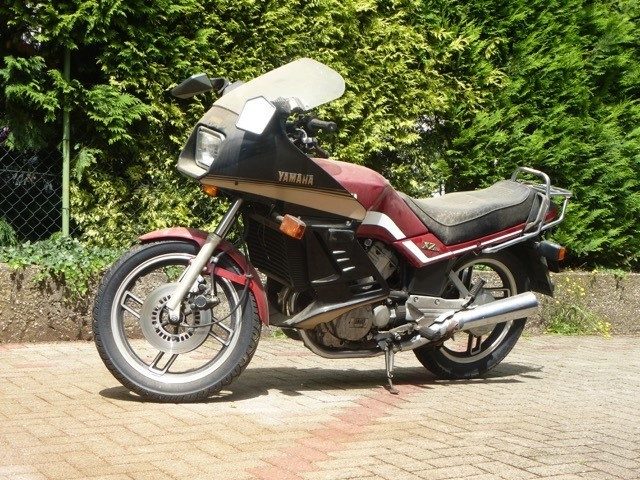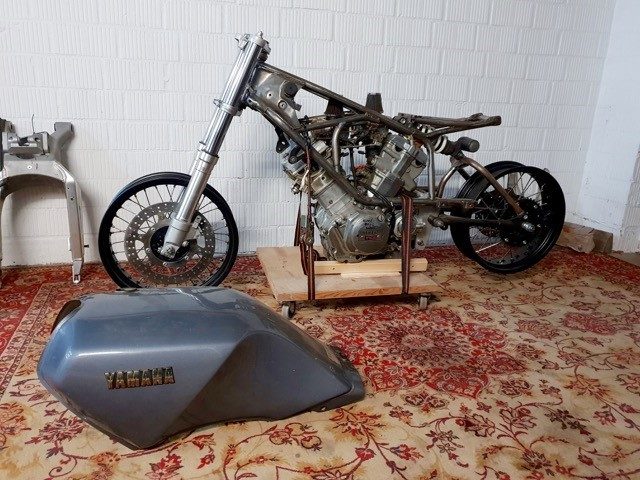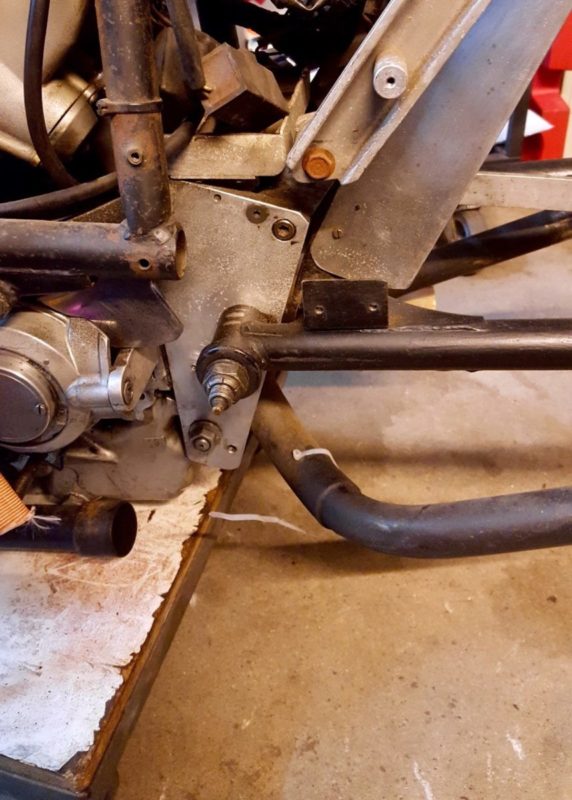We talked about the legendary self-made techie Cees Fick Auto Motor Klassiek already an impressive article. The man who actually used a textile factory as an alibi for his passion responded to what was there, and then did his own thing with it. That started with the mounting of Matchless cylinders and heads on the lower floor of a Harley-Davidson Liberator, making the side valve a head valve.
Cees Fick racers with heavily rebuilt Honda CB72 / 77 blocks? From 250-300 cc to half a liter was not such a big step. He made them in series. Want to increase a Honda CB250 to more than twice that displacement? He did.
There was a tension in the story
The engine blocks that Cees Fick renovated? These were technical highlights and usually just good and reliable. He went so far in his modifications that the original designers had probably looked at them in astonishment. Fick used a unique mix of different types from different brands and made them all together.
The great thing was that he was not a planner, designer or draftsman. He set to work and his creations were created "in the moment." Very Zen. Or so.
From a technical point of view, he was against genius
Bicycle parts were clearly not his strength. We have seen some surprising examples of this over time. The ex Honda CB 250 that was just mentioned was very sad. An owner of a machine that has been roaming the market for a long time had found the perfect part to 'strengthen' the frame of the Special in the rounding of a luggage rack of a Zündapp.
The relevant machine has disappeared from the screen. Meaningless kids blew up the block. Because it sounded so good.
Cees Fick grew with the market and was interested in developments in that market
He was one of the first Honda CB 750 buyers. And two weeks later he had pulled the four-cylinder apart to see what he could improve on it. It was therefore not surprising that his attention was drawn to the Yamaha YZ 550. That was a motorcycle in which the block design was very much inspired by automotive technology. For example, the Yamaha had downflow carburetors and an air filter above it. This considerably reduced the tank capacity. The engine block was also so convincingly water-cooled that Yamaha had stripped the whole of any suggestion of cooling fins. The machines were made in 1982 and 1983 and were certainly not the best selling Yamahas. The innovativeness in technology and styling was just a bridge too far for many people. What also did not help, were the initial carburization problems and the appetite what starter motors concerns, staters and the starter coupling. The steering behavior was more than lively and the rear suspension was structurally too soft.
This Cees Fick Special
Guido Oleck bought the machine because he already had one and he just loved this machine, or what was left of it. The previous owner had bought it 20 years ago because he wanted the Borrani wheels and the front fork. The frame was dragged and the rear fork was another proof that Cees Fick was not so fond of frame construction. Guido has therefore used a standard frame again. At the front he has put the fork of a CBR 900 Fireblade in it and he has mounted 17 ”Supermoto rims from Behr. The balance shaft has been removed and another crankshaft with a longer stroke has been fitted. The Yamaha must now have a cylinder capacity of 844 cc.
Unfortunately, Guido currently has too many ongoing projects
In addition, he has one Triumph TR6 purchased. And let's do some work on that now. He is now concerned about the lack of space and time. A few things, including possibly the Cees Fick Special, have to be removed. But if the Fick leaves, he must end up with a good owner. Otherwise Guido will keep it himself. Because actually owning just one YZ is a bit on the meager side. This post can be commented on! Also by people who also have abandoned Cees Fick Specials.









